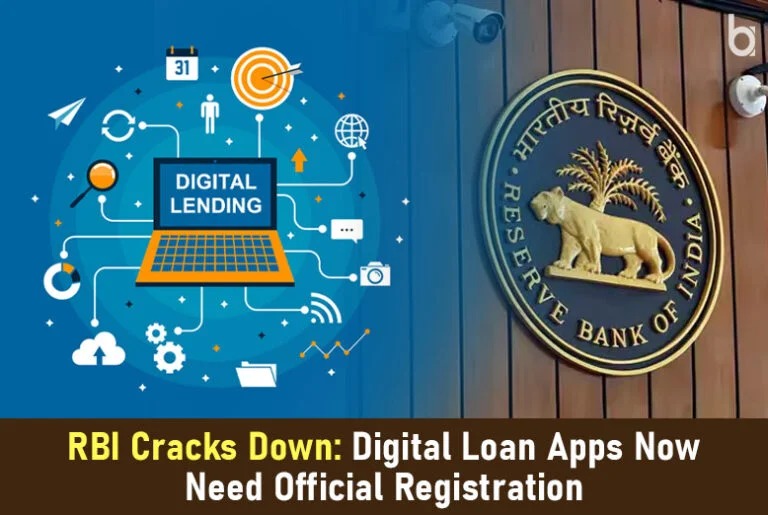
Follow WOWNEWS 24x7 on:
Updated: July 03, 2025 08:00

In a bid to clean up India's online lending space, the Reserve Bank of India (RBI) has put out a list of licensed digital lending apps (DLAs) on its website. The public list aims to empower consumers, discourage abusive lending, and bring transparency to an industry plagued by scams and harassment in the past.
Verification Milestones
The list comprises around 1,600 lending applications that are linked to regulated players such as banks and NBFCs.
Well-known apps such as Google Pay, BharatPe, Navi, Axio, LendingKart, Paytm, and PhonePe are among the many listed.
The list is dynamic and will be updated automatically on the basis of data supplied by regulated entities through RBI's Centralised Information Management System (CIMS) portal.
Policy Background and Purpose
The effort is an offshoot of the RBI's 2023 digital lending guidelines, which required public disclosure of all legal DLAs.
It follows a 2022 proposal by the Finance Ministry to whitelist authentic apps and restrict access to unregulated apps in app stores.
The Ministry of Electronics and Information Technology (MeitY) is in collaboration with app stores to include RBI-approved apps only.
Consumer Protection Emphasis
The list helps individuals to verify whether a lending app has a valid legal relationship with a licensed financial institution.
It is aimed at reducing the risk of harassment, data abuse, and usurious interest rates usual with illegal loan requests.
Borrowers can now authenticate apps prior to downloading or seeking loans to reduce exposure to financial scams.
Organizational Structure
Regulated entities are to report their DLAs through the CIMS portal, with real-time information.
RBI will not verify all the entries but will be relying on the data furnished by the entities themselves.
The list can be found on RBI website under the "Citizen's Corner" page.
Industry Impact Fintech players have taken this as a step towards rebuilding lost trust in online lending.
Authentic websites have the potential to gain more user trust and less competition from fly-by-night operators.
Their experts recommended that this action would promote greater compliance and self-regulation in the industry as well.
Conclusion Through this effort at digital transparency, the RBI is not only regulating—but educating. By allowing consumers to check before they borrow, the central bank is building a stronger digital credit ecosystem for India, one that is safer and smarter.
Sources: Economic Times, Reserve Bank of India, Press Information Bureau, TaxGuru, Moneycontrol, JurisHour, Kochhar & Co.

